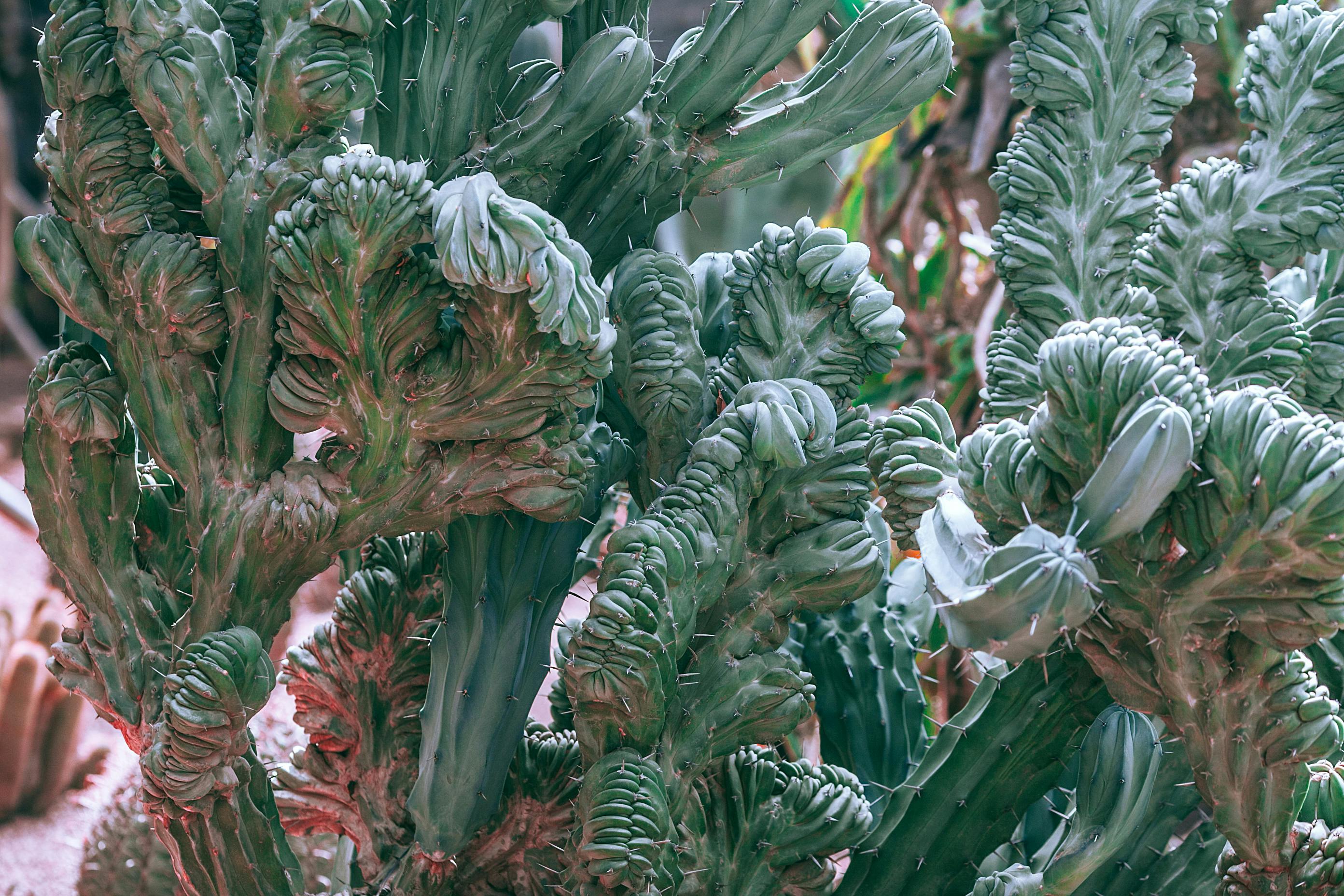Growing a vertical garden can be a great way to take advantage of limited outdoor space while still enjoying the rewards of gardening. If you are short on space and don’t have a lot of room to grow plants horizontally, then growing them vertically is the perfect solution. Vertical gardens also provide more options for shade-loving plants, as well as having the potential to be more aesthetically pleasing than traditional gardens. In this guide, we’ll discuss how to create your own vertical garden with tips and tricks for success.A vertical garden is a system of growing plants vertically on a wall or other structure instead of horizontally in the ground. It is a great way to create space for gardening in an urban environment where there is limited land area. Vertical gardens can be made from various materials such as wood, metal, or plastic and can be either freestanding or attached to walls or fences. The plants are typically arranged in modules and held in place with brackets, trellises, or other support structures. Additionally, the garden may require irrigation systems, drainage systems, and nutrients to ensure that the plants receive the proper care they need to
Benefits of Growing a Vertical Garden
Vertical gardening is a type of gardening where plants are grown on walls or other vertical structures, allowing gardeners to grow more plants in a limited amount of space. The benefits of vertical gardening are numerous, from creating more space in small gardens to improving air quality and providing aesthetic beauty.
One benefit of growing a vertical garden is that it makes the most of limited spaces. This type of gardening allows gardeners to get creative with their garden design, as they can hang plants or stack them on shelves. Furthermore
Preparing to Grow a Vertical Garden
Vertical gardening is becoming increasingly popular as it allows gardeners to maximize their space and grow more plants in a smaller area. If you are interested in trying out vertical gardening, there are a few things you should consider beforehand.
First, you need to decide what type of vertical garden you want to create. Options include trellises, hanging baskets, wall planters, and window boxes. Each of these options has its own advantages and disadvantages. For example, trellises can be easily moved
Living Wall
A living wall is a vertical garden made up of plants that are planted directly into the wall. This type of vertical garden can be used to create a beautiful green backdrop to your landscape or home. The plants are typically arranged in a grid pattern and can be placed in any size or shape depending on the design you are looking for. Living walls are also great for adding texture and color to any space, as well as providing natural air filtering and soundproofing.
Trellis Vertical Garden
https://images.pexels.com/photos/4915837/pexels-photo-4915837.jpeg
Choosing the Location for Your Vertical Garden
Finding the right spot for your vertical garden is an important part of setting it up. You’ll want to make sure that you choose a location that provides enough sunlight and has good drainage. You’ll also need to ensure that the area is large enough to accommodate all of your plants. Here are some tips on how to choose the perfect spot for your vertical garden.
Sunlight
Sunlight is essential for any type of plant growth, so you’ll want to make sure you choose

Vertical Gardening for Planting
Vertical gardening is an exciting and rewarding way to grow plants in a limited space. It is also a great way to add height and interest to any garden. Vertical gardens can be planted in containers, wall planters, hanging baskets, window boxes, or even on trellises or other structures. With just a few simple steps, you can have a thriving vertical garden in no time.
One of the key components of successful vertical gardening is choosing the right plants. You will want to select plants that do well in your
Caring for Your Vertical Garden
Vertical gardens are an easy and attractive way to bring nature into your home or outdoor living space. While they require some extra care and maintenance, the rewards are worth it. Here are some tips to help you keep your vertical garden thriving:
Watering: Most plants in a vertical garden require regular watering. It is important to check the soil moisture level of each plant before watering, as different plants have different needs. If the soil feels dry, water until it is moist but not soggy. If
Watering and Fertilizing Your Vertical Garden
Watering your vertical garden is an important part of keeping it healthy and thriving. Depending on the type of plants you have, you may need to water more or less often. Generally speaking, it’s best to water your vertical garden once every two weeks or so. You should also check the soil and make sure it’s not too dry or too wet; if it feels dry, then it’s time to water. When watering your vertical garden, make sure that you avoid over-watering

Conclusion
Vertical gardening is an effective and efficient way to grow a variety of plants in a small space. It requires some planning and assessment of the space available, but with careful consideration, it can be a great way to add beauty and life to any environment. The benefits of vertical gardening are many – from creating an aesthetically pleasing atmosphere, to providing food and oxygen, to helping reduce heat and conserve water. The key is to select the right types of plants for your climate and region, as well as for the type of soil or growing medium you will use. Additionally
